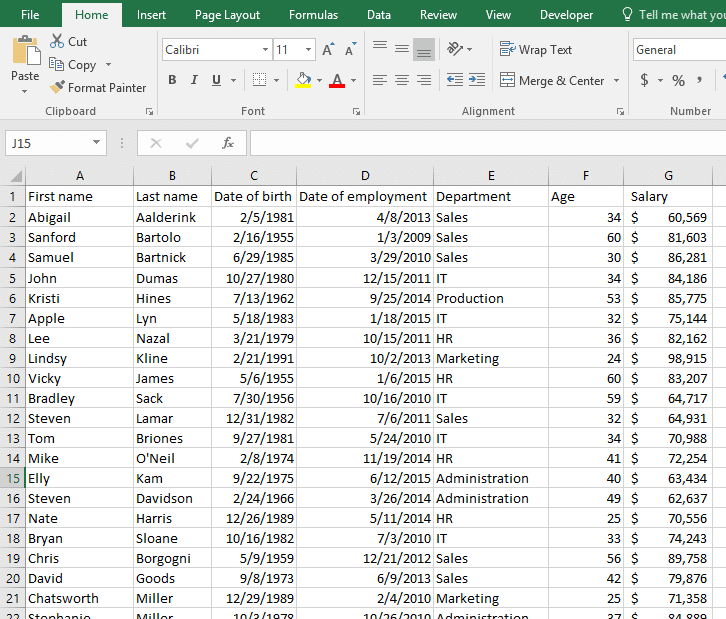MATCH Function
※ Download: Match formula excel
Learn how to combine Index Match Formula Combining INDEX and MATCH functions is a more powerful lookup formula than VLOOKUP. Translated into plain English, the formula reads: search in cells D2 through D10 and return a value of the cell in the 3 rd row, i.

If possible, remove the unnecessary spaces, and the MATCH formula should work correctly. Take a look at our for more information.

MATCH Function - First, we perform an INDEX on the Cookies produced column. It appears frequently in spreadsheets, formulas, and even — so is a great formula to know for business analysts of any tenure.

Excel provides several of these, including the most awesome combination of functions of all time: MATCH + INDEX. In Excel, we call this the lookup value. The main problem with the database provided: There is no unique piece of information to look for. So how do we find the right David? We use the MATCH INDEX functions with multiple criteria by following these 5 steps: The complete course on INDEX MATCH Do you want to learn more about using INDEX MATCH with multiple criteria? This tool needs to be placed somewhere in an Excel sheet. I recommend creating a defined area where I can select the different criteria and. Additionally, I hold the left mouse button down on the line between the column names and drag to make them wider, so that the entire content of the cell fits. You might recall that I told you that any lookup function needs to look for a unique piece of information. Unfortunately, none of the information in the employee database is unique, not even last name or date of birth. However combining last name AND date of birth greatly increases the chances of finding a unique value. So combining last name and date of birth is the smarter choice as this creates a unique identifier in most cases. We, therefore, went ahead and created a unique identifier ourselves by using different criteria, in order to create something unique to look for. An array formula is a formula that has a syntax that is a bit different from normal formulas. Double click on cell J4 to begin the formula. First we enter the , and then we put the around the MATCH function to complete the formula. In this case, we are looking for an employee with a last name equivalent to the one we entered in cell J2. Select or enter manually cell J2 as lookup value, then separate with a comma to move on to the lookup array. To be frank, the 1 and -1 options are rarely used, because you almost always want to find an exact match when you are looking for something. This row number is then fed into the syntax of the INDEX function. Put a comma after the right parenthesis of the MATCH function. What you enter here tells the INDEX function what column in the employee database you want to return data from. The entire employee database consists of 7 columns A through G , starting with first name in column A and ending with salary in column G. So chose what you want the result to be. Now the formula is done and you can finish with a right parenthesis. Whose salary are we actually seeing? In the following we are going to transform a normal formula to an array formula. We do this in incremental and easy steps. The first step is to change the lookup value of the MATCH function to 1. The first criterion is that the last name must be equal to whatever we type in cell J2. After this, you enclose the entire criterion with a parenthesis starting before the B:B and ending after the J2. To learn all about INDEX MATCH! Do you want to learn more about using INDEX MATCH with multiple criteria?
MIN calculates the lowest price, and MATCH locates that price in the row. Because we specified the single character wildcard. It is in xlsx format, and zipped. Question:I have a question about how to nest a MATCH function within the. This time, let's write an INDEX MATCH formula that finds how the Russian capital, Moscow, ranks in terms of population. So, unless your lookup column is the left-most column in the lookup range, there's no chance that match formula excel vlookup formula will return the result you want. I like the way you write. INDEX MATCH doesn't stop with the above tutorial.



